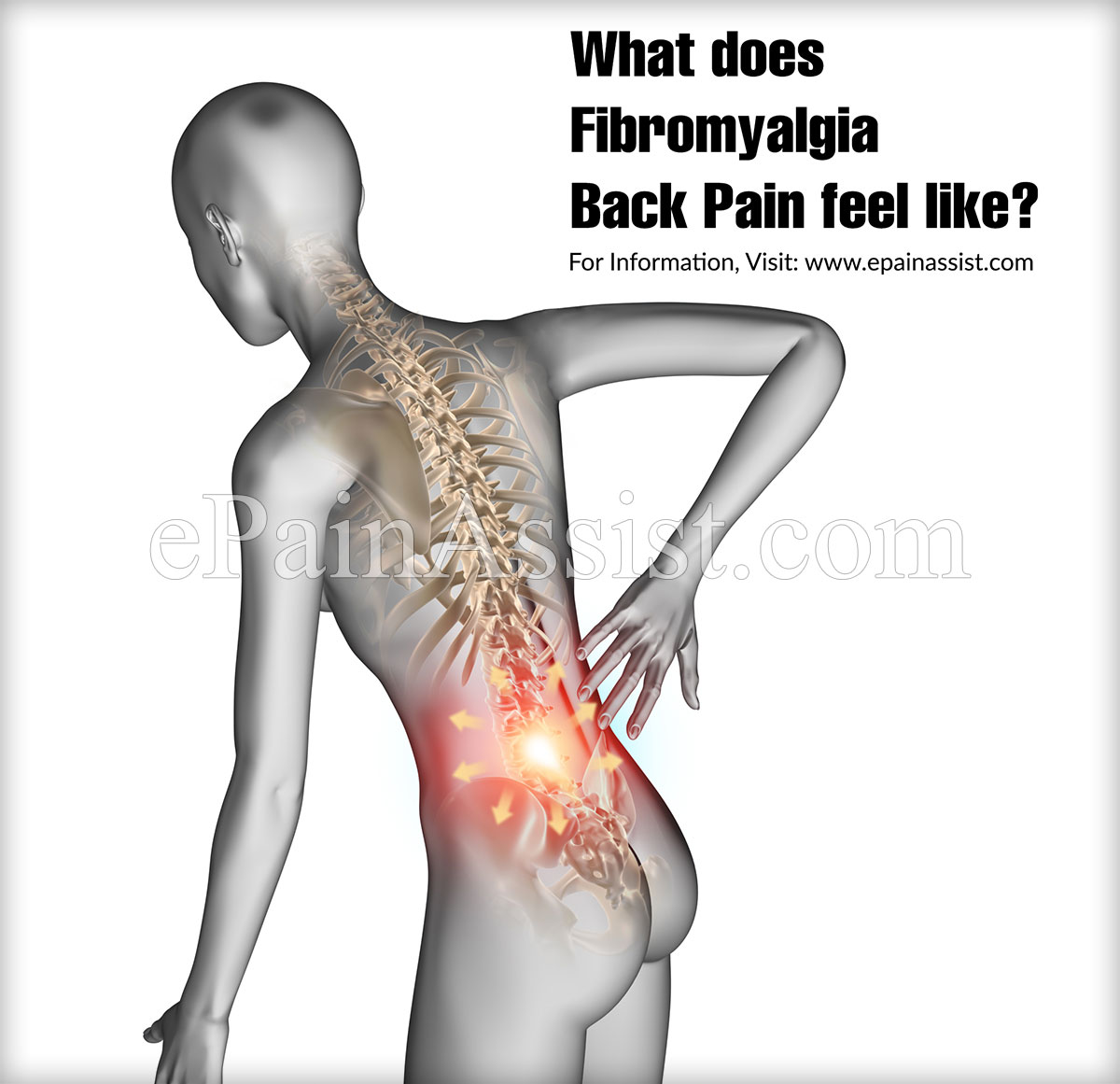Fibromyalgia is a long-lasting, multi-symptom complex disorder characterized by widespread musculoskeletal pain. It is accepted as a severe disorder by the US National Institutes of Health and the American College of Rheumatology. It is accompanied by lethargy, which affect normal day to day activities, sleep problems with restless legs syndrome and difficulties in memory. The cause of fibromyalgia is unknown and closely 2% of the United States population is affected by fibromyalgia. However, it is believed that it involves a combination of genetic and environmental factors, with each playing a substantial role. The condition runs in families, and many genes are believed to be involved. The treatment is not helpful and affected individuals are recommended to focus on management of symptoms. Getting enough sleep, exercising regularly and eating a healthy diet can overcome this chronic disorder and improve the quality of life.
Primary and Secondary Pain in Fibromyalgia
Living with fibromyalgia is the most challenging one particularly spine health-related pain, which is more prevalent among the other conditions. The intensity of pain is mentioned as primary pain effect, is much higher in patients and makes their life miserable with fatigue, depression and anxiety. These signs and symptoms i.e., fatigue, depression, and anxiety are known as secondary pain effect and treatment are equally important. At present, these symptoms are one of the most powerful interventions for fibromyalgia pain belongs to a group of disorders called central hypersensitivity syndromes. It is a neurological condition caused by damage or malfunction in the Central Nervous System (CNS) which causes a sensitization of the pain system.

What Does Fibromyalgia Back Pain Feel Like?
Fibromyalgia-related back pain involves inflammation in several nerves and muscles around the spine. The back spine is the most vulnerable part and pain management techniques are difficult and challenging. It becomes worse and persists every day. If not managed immediately, it can extend the pain from the lower back into the sacroiliac joint, hip flexors, glutes, and pelvic area. Activities, like sitting or standing for long periods of time, can keep make the hip part tighter and radiating.
Sciatica Pain and Fibromyalgia
Many fibromyalgia sufferers do also suffer from sciatica. Sciatica pain is one of the most common conditions to coexist with fibromyalgia condition. Sciatica is a medical condition defined as symptoms of pain, numbness, and weakness that radiate along the sciatic nerve, which runs down one or both legs from the lower back. It is very it is so important for the clinicians for proper diagnosis of lower back pain.
Poor Assessment and Treatment Strategies In Fibromyalgia
The lack of understanding of the mechanisms of fatigue contributes to poor assessment and treatment strategies. The fatigue is described physically as lack of energy and exhaustion, emotionally as lack of motivation, and cognitively as the inability to think or concentrate. Affected patients experience these different kinds of fatigue concurrently, but clinicians rarely sort this and the complaint is normally recorded simply as ‘fatigue’. This makes the patients uncomfortable and not interested in making an appointment for ‘just’ fatigue. Thus fatigue is a complex and vexing symptom that is highly prevalent for the past five years.
Fibromyalgia Back Pain Relief
Fibromyalgia can last a long time, but it does not result in death or tissue damage. Back pain and fibromyalgia symptoms may improve if healthier lifestyle is followed. Regulating diet, increasing exercise, and losing weight can overcome fibromyalgia. Anxiety, depression, insomnia and trouble sleeping can all make pain feel worse. Comprehensive treatment strategies may include therapy to better cope with depression and anxiety. Cognitive behavioral therapy (CBT) may also be helpful. The medications duloxetine, milnacipran or pregabalin can be used as a drug of choice but the use of opioid pain medication is controversial as there is no supportive evidence. Regular physical therapy and stretches can ease back pain and possibly make the living with fibromyalgia much easier. Acupuncture and dietary supplements “may have value” for alleviating the fibromyalgia-related back pain.
Also Read:
- Fibromyalgia (FM or FMS): Epidemiology, Pathophysiology, Causes, Symptoms, Diagnosis, Prognosis, Treatment, Tests
- Can a Right Diet Help With Fibromyalgia
- Back Pain – My Experience with Workers Compensation, Lawyers, Disability
- What Causes Back Pain? Treating Back Pain with Simple Home Remedies
- Home Remedies for Back Pain: Ease Back Pain Naturally
- Tips to Cope With Back Pain While Sitting, Standing, Lifting, Driving
- Yoga for Fibromyalgia: 4 Best Asanas To Relieve Painful Tender Points
- 10 Best Exercises for Fibromyalgia
